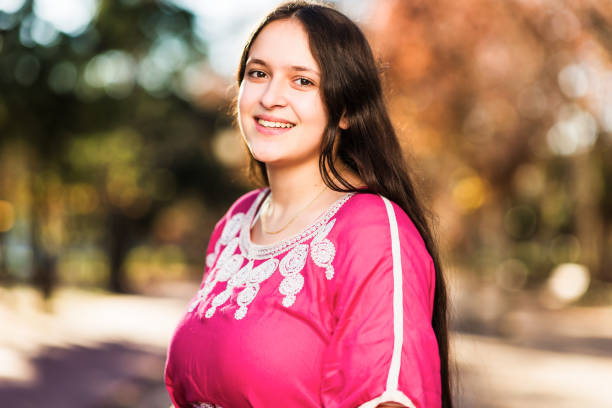What are the main differences between Middle Eastern people living in Europe and those living in North America?
Exploring the Differences: Middle Eastern Communities in Europe vs. North America
Introduction
Middle Eastern communities residing in Europe and North America exhibit intriguing distinctions owing to a myriad of factors including historical context, migration patterns, socio-economic landscapes, cultural influences, and more. In this comprehensive analysis, we delve into the nuanced disparities between these two diasporas, shedding light on their unique characteristics, societal integration, cultural preservation, and overall contributions to their respective adopted nations.
Historical Context and Migration Patterns
Europe: A Melting Pot of Diversity
Europe has long been a melting pot of diverse cultures and ethnicities, enriched by centuries of migration waves. Middle Eastern migration to Europe surged notably during the post-World War II era, primarily driven by economic opportunities, political instability, and conflicts in the Middle East region. Waves of immigrants from countries like Turkey, Lebanon, Syria, and Iraq sought refuge and better prospects in European nations, contributing to the multicultural fabric of countries such as Germany, France, the United Kingdom, and the Netherlands.
North America: The Land of Opportunity
In contrast, Middle Eastern migration to North America, particularly the United States and Canada, gained momentum in the late 19th and early 20th centuries, marked by significant waves of Lebanese, Syrian, and Armenian immigrants seeking economic prosperity and religious freedom. However, the largest influx of Middle Eastern immigrants to North America occurred in the latter half of the 20th century, propelled by geopolitical conflicts, revolutions, and the search for better livelihoods.
Socio-Economic Landscapes
Europe: Challenges of Integration
Middle Eastern communities in Europe often face unique challenges related to socio-economic integration, including language barriers, discrimination, and cultural assimilation. Despite concerted efforts by European governments to promote multiculturalism and social cohesion, issues such as unemployment, poverty, and social exclusion persist within certain segments of these communities.
North America: Paths to Success
Conversely, Middle Eastern immigrants in North America, particularly the United States and Canada, have historically found avenues for success and upward mobility through entrepreneurship, education, and community networks. The region's robust economies, emphasis on diversity, and relatively inclusive social policies have facilitated smoother integration and opportunities for prosperity among Middle Eastern diasporic populations.
Cultural Influences and Identity Preservation
Europe: Striving for Cultural Identity
In Europe, Middle Eastern communities grapple with the delicate balance of preserving their cultural heritage while navigating the complexities of assimilation into Western societies. Cultural preservation efforts often manifest through community organizations, religious institutions, culinary traditions, and cultural festivals, serving as anchors of identity amidst the currents of globalization.
North America: Celebrating Diversity
Similarly, in North America, Middle Eastern communities celebrate their cultural heritage through vibrant festivities, culinary delights, and artistic expressions, contributing to the rich tapestry of multiculturalism. The region's ethos of inclusivity and pluralism provides fertile ground for the flourishing of diverse cultural identities, fostering a sense of belonging and pride among Middle Eastern diasporic groups.
Conclusion
In conclusion, while Middle Eastern communities in Europe and North America share common threads of migration, cultural heritage, and aspirations for a better future, their experiences are shaped by distinct socio-economic landscapes, historical trajectories, and integration dynamics. By understanding and appreciating these differences, we can foster greater cross-cultural understanding, promote social cohesion, and harness the collective potential of these vibrant diasporas in building inclusive societies for the future.


.jpg)



0 Comments